Main Insights
- The catalog is the central component of Lightroom where all image information is stored.
- There are different ways to create a backup, including automatically saving to XMP files and regular catalog backups.
- You can customize the backup intervals and choose your backup directory.
Step-by-step guide
1. Open catalog settings
To establish your backup system, we start with the catalog settings. You can do this by clicking on the title at the top left in Lightroom and selecting the catalog settings there.

2. Activate XMP saving
An important step is to activate automatic saving to XMP files. In the catalog settings, you will find the option "Save changes automatically to XMP". Make sure this box is checked. This way, Lightroom saves the edits and metadata for each image in a separate XMP file.
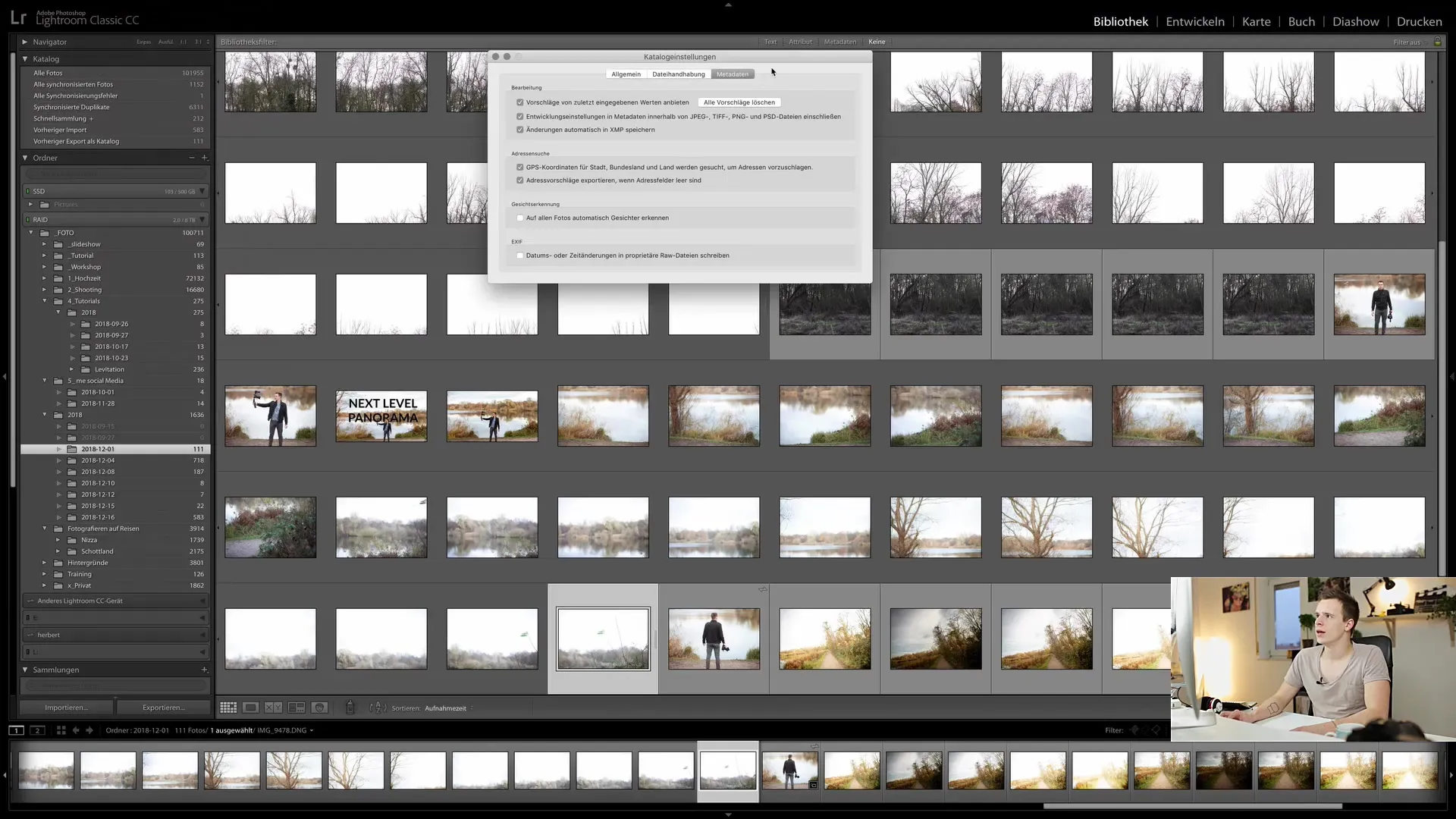
3. Set backup frequency
Next, go to the "General" tab in the catalog settings. Here you will find the option "Back up catalog". It is advisable to make this backup once a week when exiting Lightroom. However, you can adjust the frequency to your needs: once a day, once a month, or on each exit.
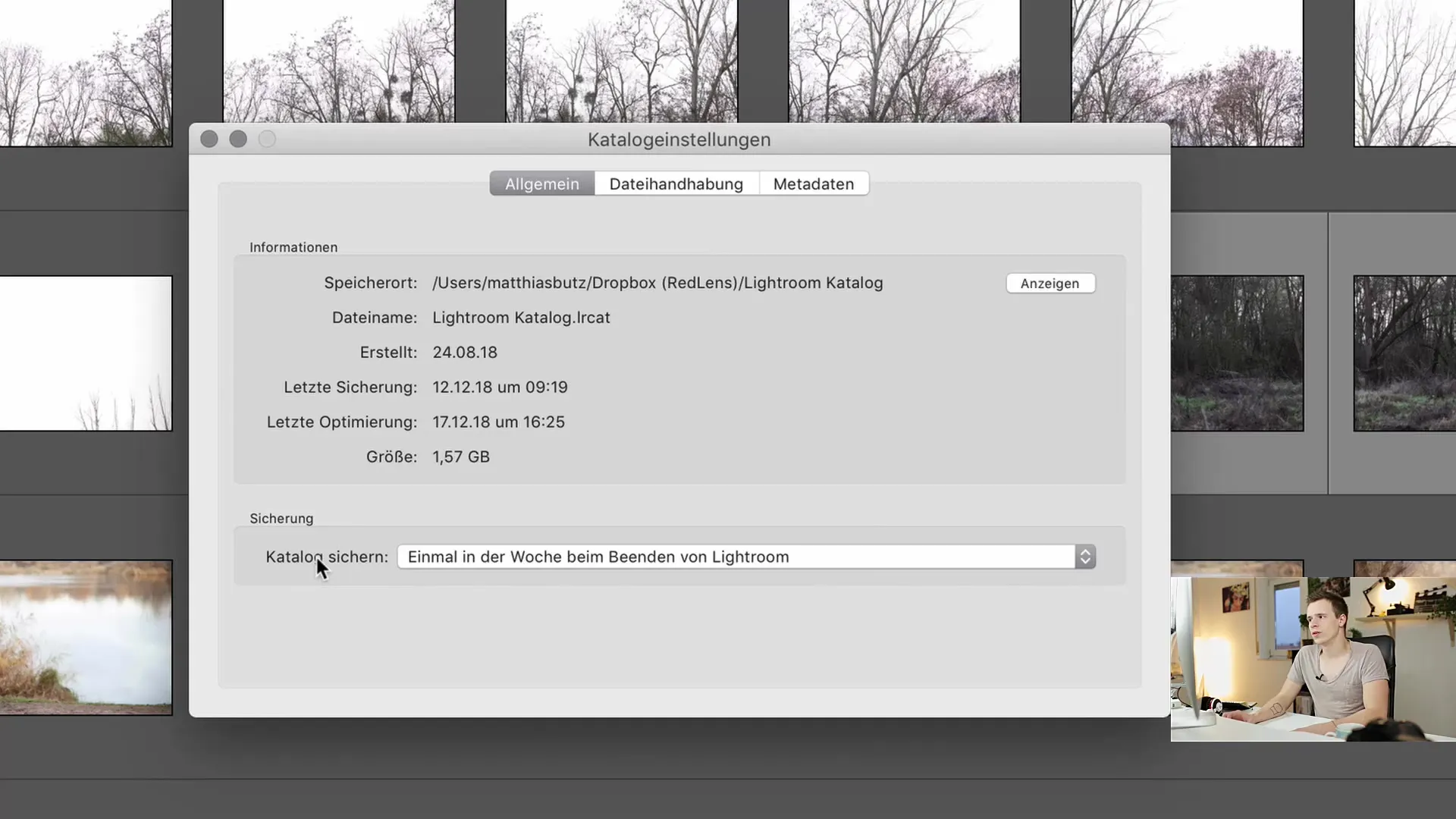
4. Check current catalog status
Before performing your backup, it is useful to check the current status of your catalog. In the "General" tab, you can view information such as the last optimization date and the date of the last backup. This gives you a good overview of the security of your catalog.
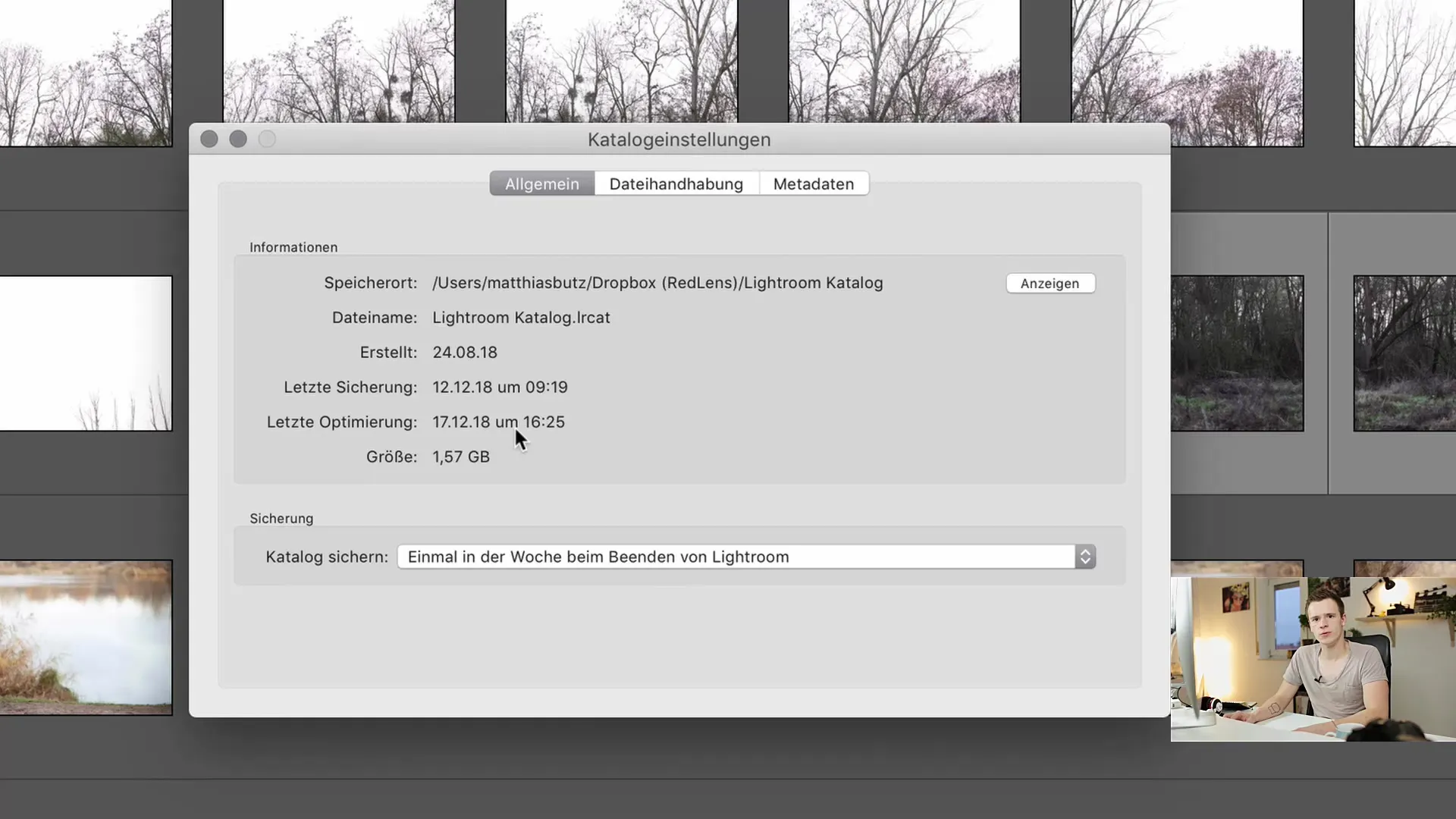
5. Delete unnecessary temporary files
Before backup, it may be useful to remove temporary files. These are often found in the same folder as your catalog and can take up a lot of storage space. Deleting these files can improve Lightroom's performance.
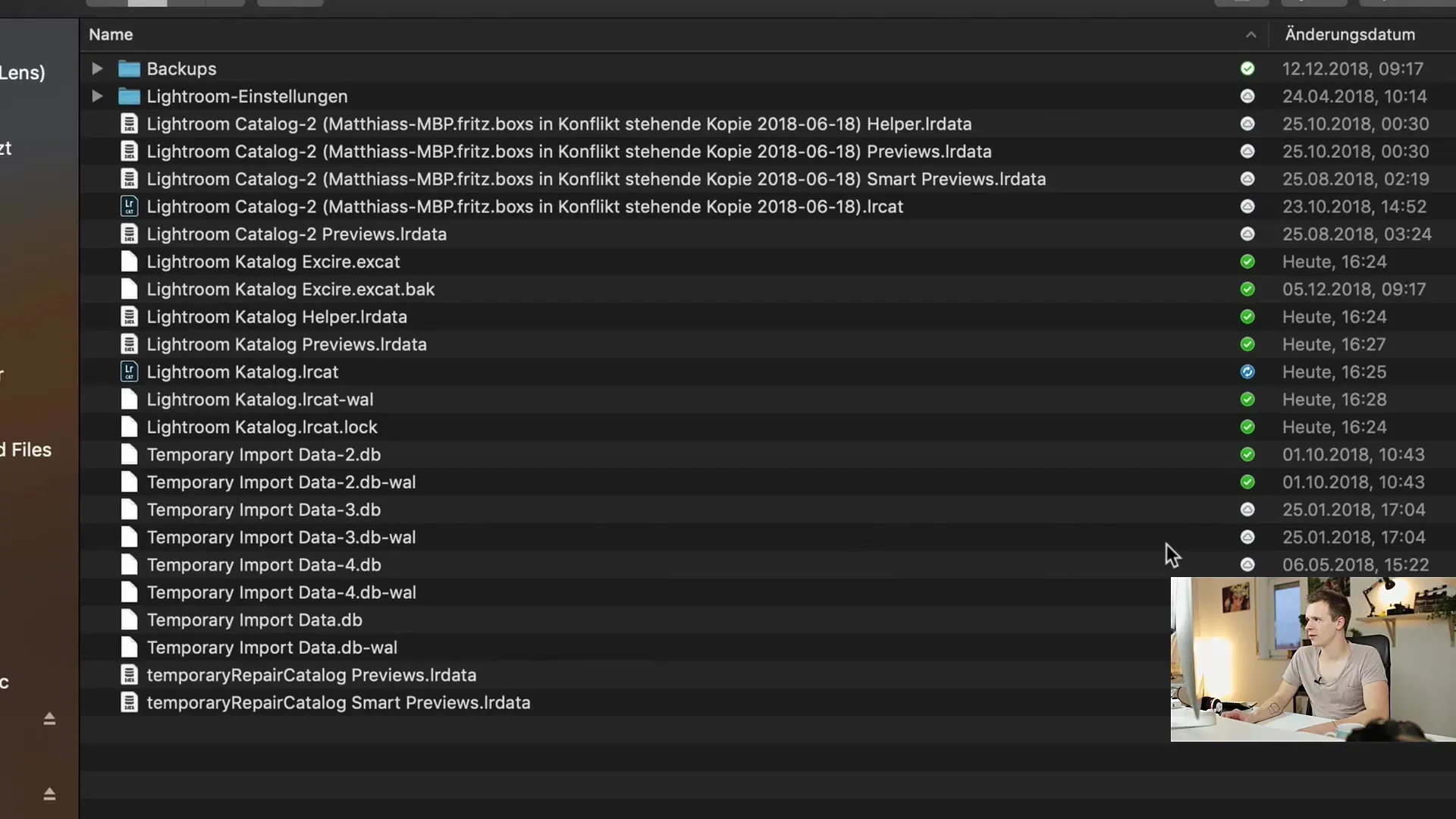
6. View and manage backups
In Lightroom, there is a special folder for backups. This folder shows you all your backups, including older backups dating back to 2017. You can view the backup files as ZIP files. Each backup can be easily extracted for future use if needed.
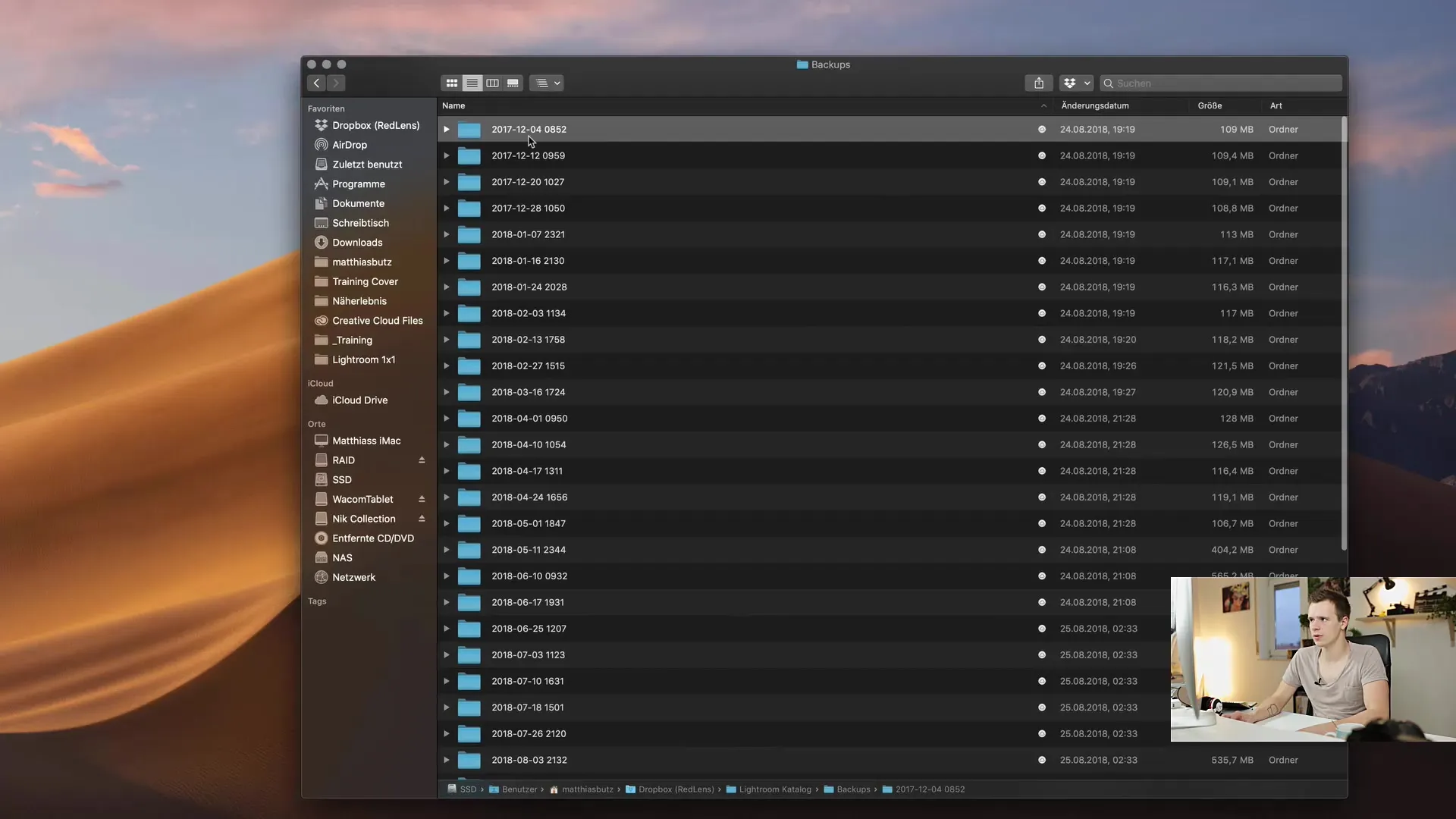
7. Perform backup
To perform a backup, close Lightroom. You will be asked if you want to make a backup. Choose the option to ensure the catalog is backed up before closing. Make sure to also enable the option to check the catalog integrity before backup.
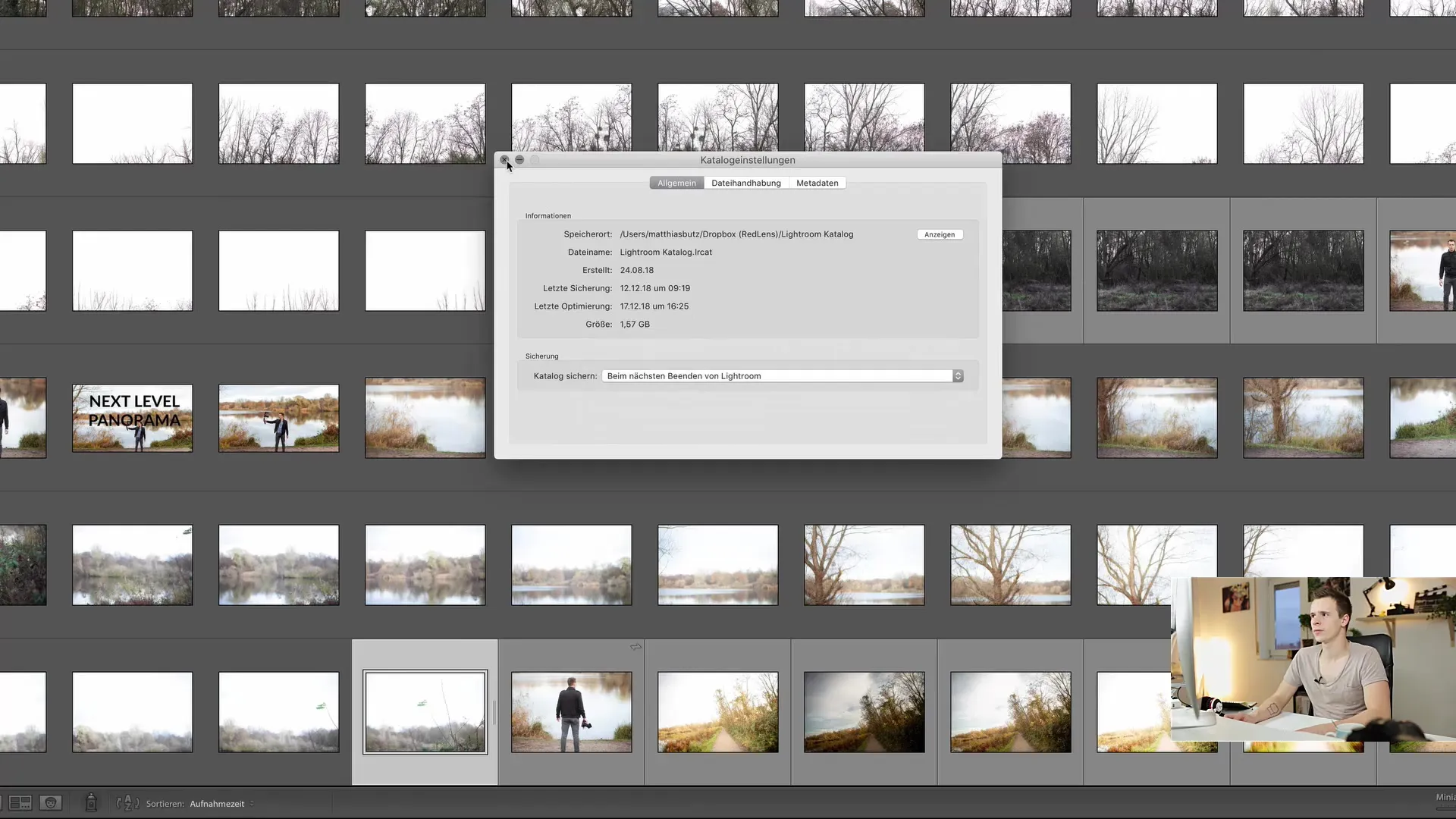
8. Complete backup
Once the backup is complete, you can view the duration. Compared to potential data losses, it is always better to regularly back up your catalog data. You can see that this only takes a few minutes and is very worthwhile.
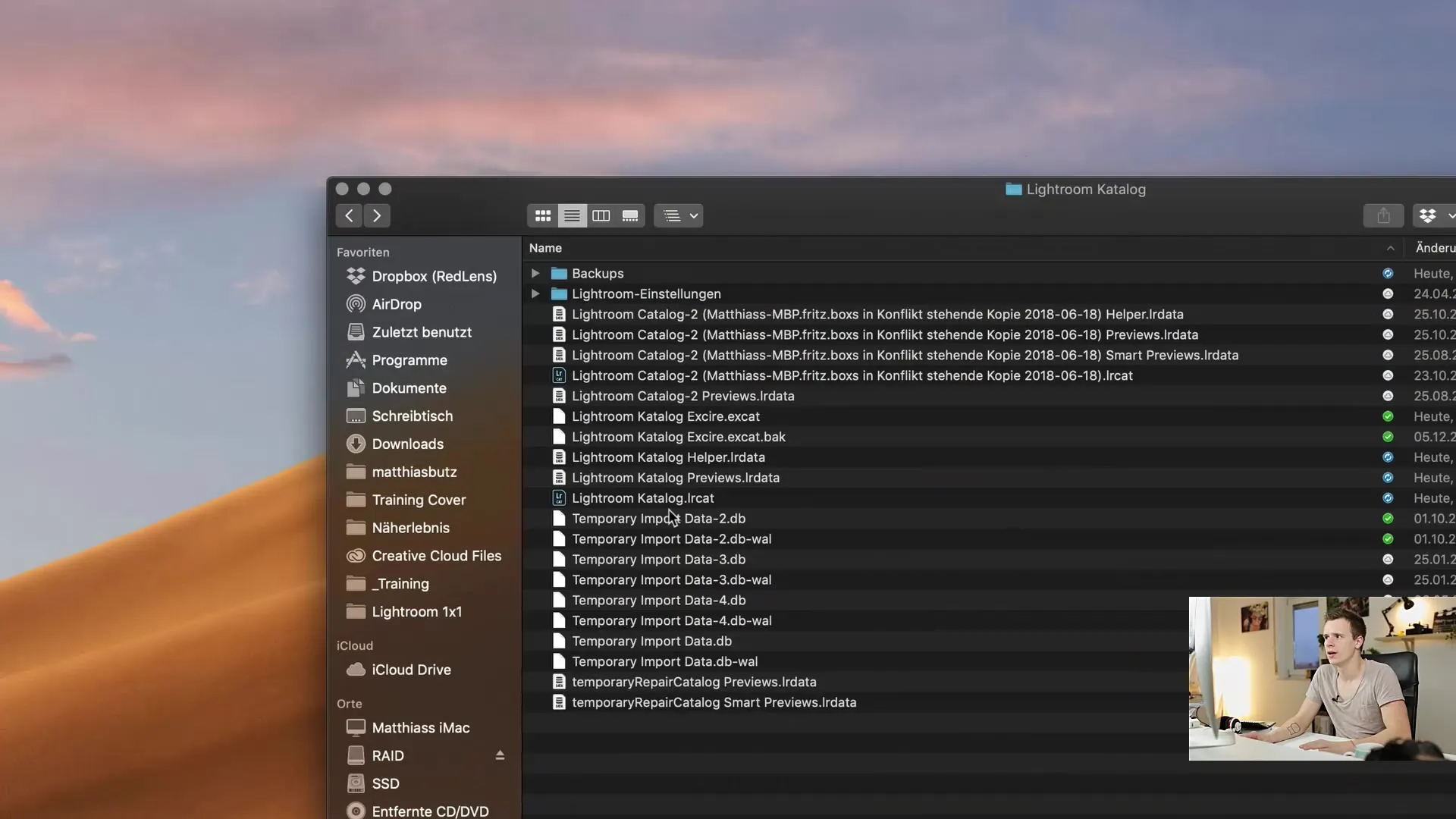
Delete old backups
To save storage space, you should regularly check and delete old backups if necessary. Consider how many old versions you actually need. Deleting unnecessary backups cannot be automated in Lightroom, so you have to perform these steps manually.
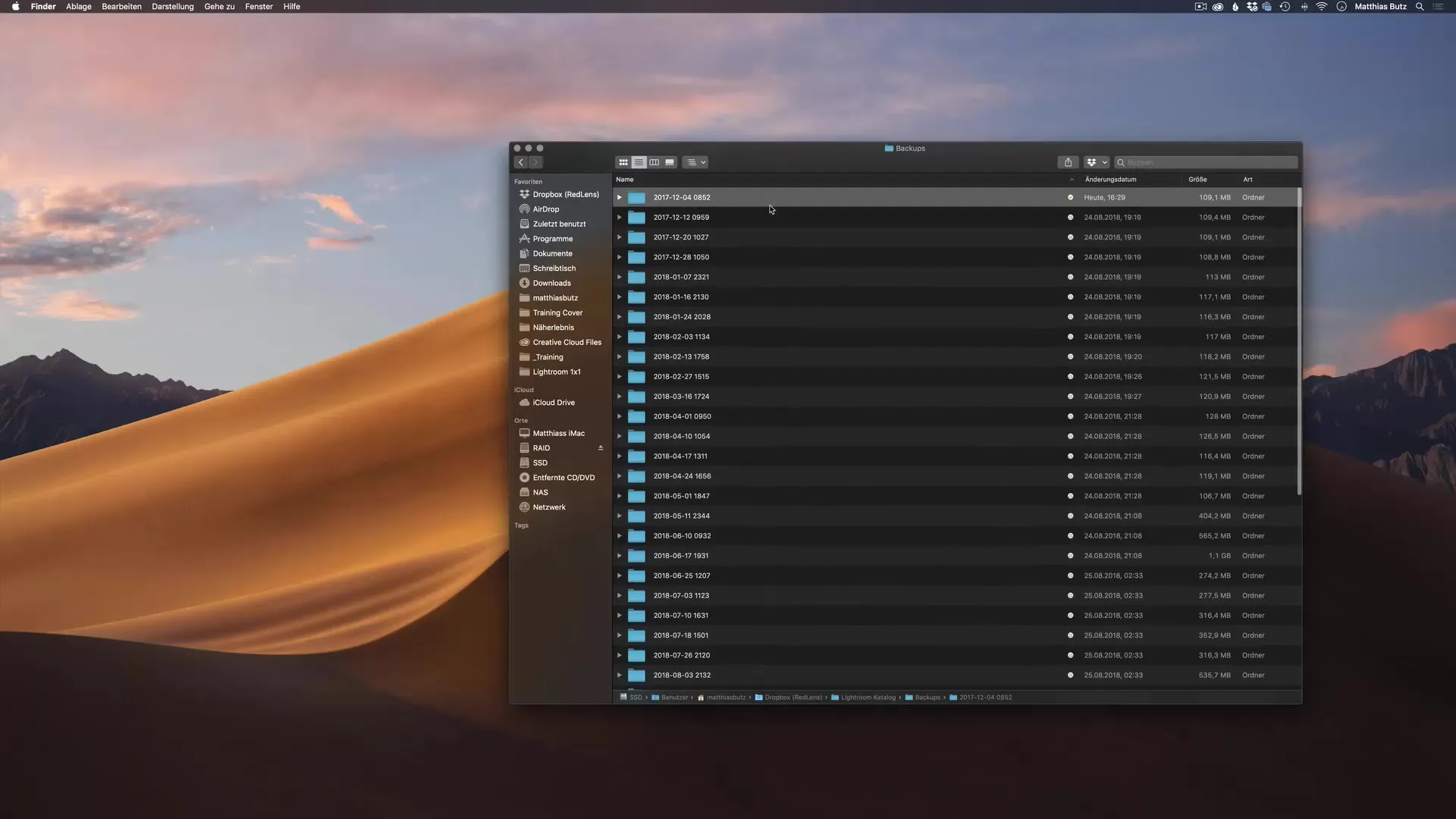
Summary
In this guide, I have explained step by step how to back up your catalog in Lightroom Classic CC. Regular backup and enabling XMP storage are simple yet effective ways to protect your valuable data.
Frequently Asked Questions
How often should I back up my catalog?It is recommended to back up the catalog at least once a week.
What happens if I do not back up the catalog regularly?An unprotected catalog can be permanently lost in case of data loss or damage.
Can old backups be deleted automatically?No, Lightroom does not have an automatic function to delete old backups. This must be done manually.
Can I save my backups in a different folder?Yes, you can adjust the backup directory in the catalog settings.
How long does it take to perform a backup?A backup usually takes only a few minutes, depending on the size of your catalog.


